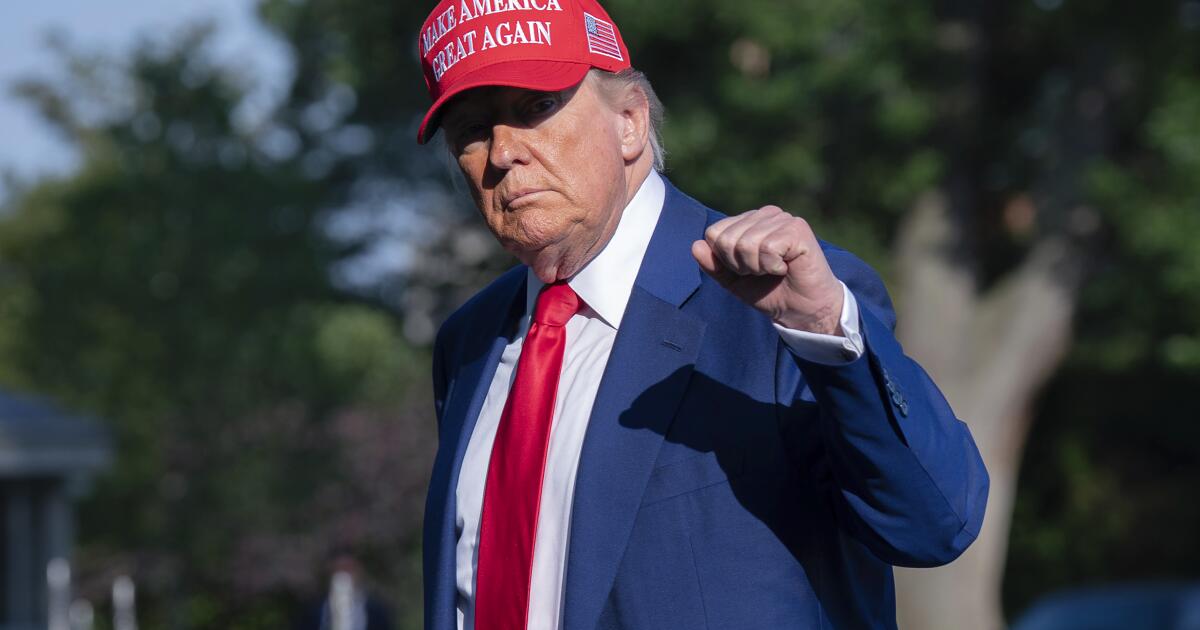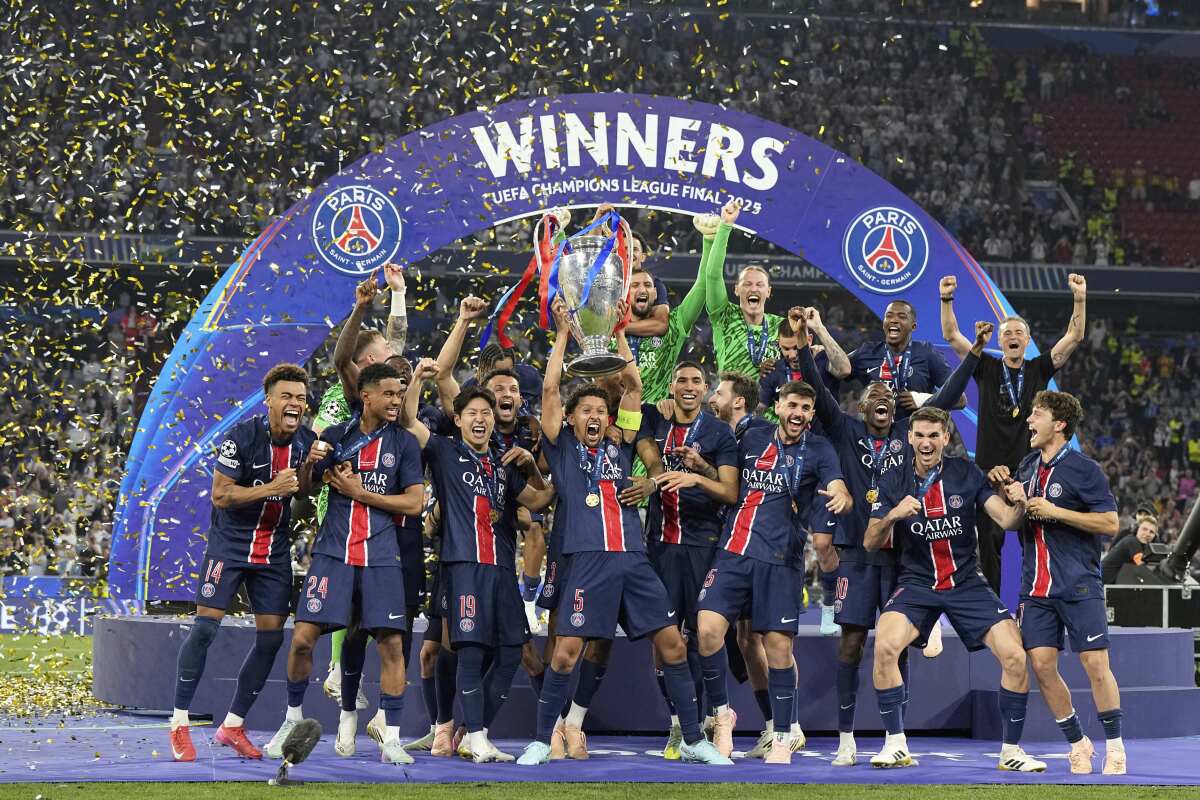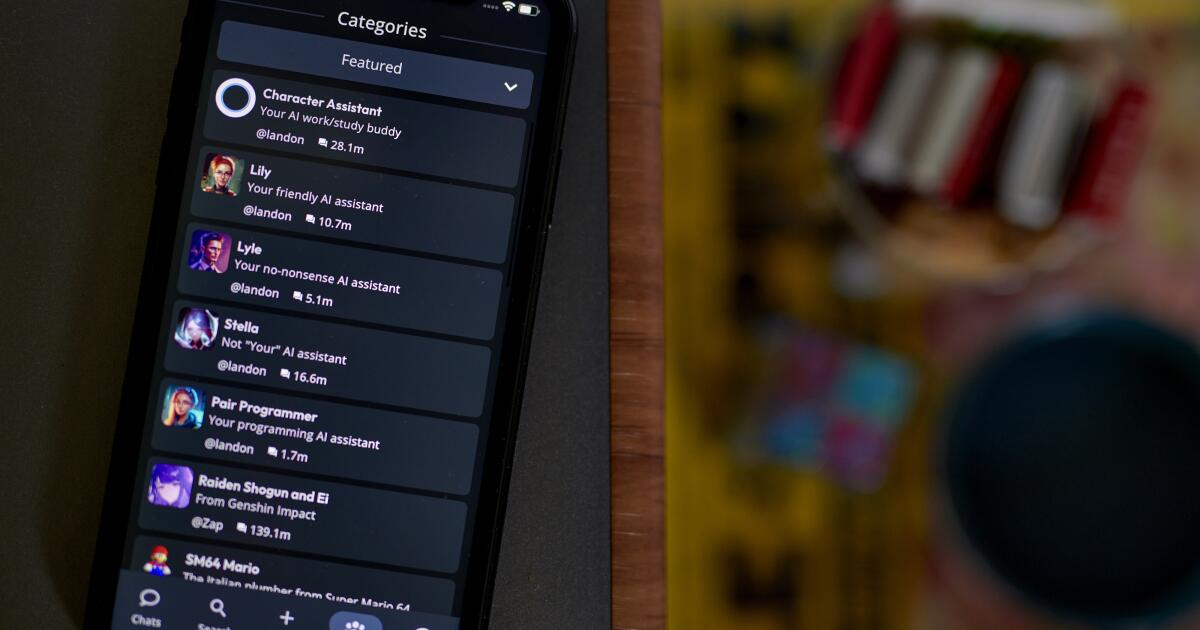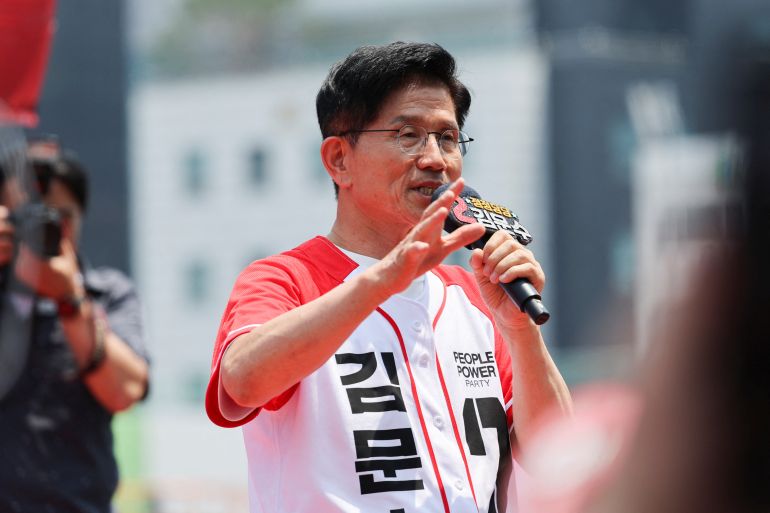A Bayard Rustin archive aims to preserve his legacy as a queer Civil Rights activist
NEW YORK — Social justice advocates are creating a queer history archive that celebrates Bayard Rustin, a major organizer in the Civil Rights Movement and key architect of the March on Washington.
The Bayard Rustin Center for Social Justice will launch a digital archive this fall featuring articles, photos, videos, telegrams, speeches and more tied to Rustin’s work. Sourced from museums, archives and personal accounts, it’s designed as a central space where others can add their own stories, creating a living historical record.
“There’s this hole in our history,” said Robt Martin Seda-Schreiber, the center’s founder and chief activist. “And there are great resources about Bayard, but they’re all spread out, and none of it has been collected and put together in the way that he deserves, and more importantly, the way the world deserves to see him.”
Rare footage of Rustin speaking at a 1964 New York rally for voting rights marchers who were beaten in Selma, Ala., was recently uncovered and digitized by Associated Press archivists. Other AP footage shows him addressing a crowd during a 1967 New York City teachers’ strike.
“We are here to tell President Johnson that the Black people, the trade union movement, white people of goodwill and the church people — Negroes first — put him where he is,” Rustin states at the 1964 rally. “We will stay in these damn streets until every Negro in the country can vote!”
Rustin mentored Rev. Martin Luther King Jr.
The legacy of Rustin — who died in 1987 aged 75 — reaches far beyond the estimated 250,000 people he rallied to attend the March on Washington in 1963, when Rev. Martin Luther King Jr. delivered his “I Have A Dream” speech. Rustin also played a pivotal role behind the scenes, mentoring King and orchestrating the Montgomery bus boycott.
And his influence still guides activism today, reminding younger generations of the power the community holds in driving lasting change through nonviolence, said David J. Johns, a queer Black leader based in Washington, D.C.
“Being an architect of not just that moment but of the movement, has enabled so many of us to continue to do things that are a direct result of his teaching and sacrifice,” said Johns. He is the chief executive and executive director of the National Black Justice Collective, which attributes its advocacy successes in the Black queer space to Rustin’s legacy.
Rustin was born into activism, according to the Martin Luther King, Jr. Research and Education Institute. His grandparents, Julia Davis and Janifer Rustin, instilled in him and his 11 siblings the value of nonviolence. His grandmother was a member of the NAACP, so Rustin was surrounded and influenced by leaders including the activist and scholar W.E.B. Du Bois and James Weldon Johnson, who wrote “Lift Every Voice and Sing.”
Rustin was expelled from Wilberforce University in 1936 after he organized a strike against racial injustice. He later studied at Cheyney University of Pennsylvania, the nation’s first historically Black college, then moved to New York during the Harlem Renaissance to engage more deeply with political and social activism. He attended the City College of New York and joined the Young Communist League for its stance against segregation.
Rustin served jail time and was posthumously pardoned
Rustin was arrested 23 times, including a 1953 conviction in Pasadena, for vagrancy and lewd conduct — charges commonly used then to criminalize LGBTQ+ people. He served 50 days in jail and lost a tooth after being beaten by police. California Gov. Gavin Newsom issued a posthumous pardon in 2020, acknowledging Rustin had been subjected to discrimination.
Rustin and figures such as Marsha P. Johnson, a prominent transgender activist during the gay rights movement, continue inspire the LGBTQ+ community because they “were super intentional and unapologetic in the ways in which they showed up,” Johns said.
“I often think about Bayard and the March on Washington, which he built in record time and in the face of a whole lot of opposition,” Johns said.
Walter Naegle, Rustin’s partner and a consultant on projects related to his life and work, said it’s important for the queer community to have access to the history of social movements.
“There wasn’t very much of an LGBTQ+ movement until the early 50s,” said Naegle. “The African American struggle was a blueprint for what they needed to do and how they needed to organize. And so to have access to all of the Civil Rights history, and especially to Bayard’s work — because he was really the preeminent organizer — I think it’s very important for the current movements to have the ability to go back and look at that material.”
Rustin had to step away from leadership for several years
Rustin’s sexuality and his former association with the Young Communist League forced him to step away as a Civil Rights leader for several years.
In 1960, New York congressman Adam Clayton Powell Jr. threatened to spread false rumors that Rustin and King were intimately involved, weaponizing widespread homophobia to undermine their cause, according to the Martin Luther King, Jr. Research and Education Institute.
But Rustin resumed his work in 1963 as chief organizer of the March on Washington, which became a defining moment in the Civil Rights Movement and paved the way for the passage of the Civil Rights Act of 1964 and the Voting Rights Act of 1965.
In 2023, Netflix released the biopic “Rustin.” Filmmaker and co-writer Julian Breece, who is Black and queer, grew up in the ’90s when, he said, being gay still correlated with the spread of AIDS, leading to shame and isolation. But he learned about Rustin’s impact on the Civil Rights Movement and found a peer to admire.
“Seeing a picture of Rustin with King, who is the opposite of all those things, it let me know there was a degree to which I was being lied to and that there was more for me potentially, if Bayard Rustin could have that kind of impact,” Breece said.
“I wanted Black gay men to have a hero they could look up to,” he said.
Green writes for the Associated Press.






